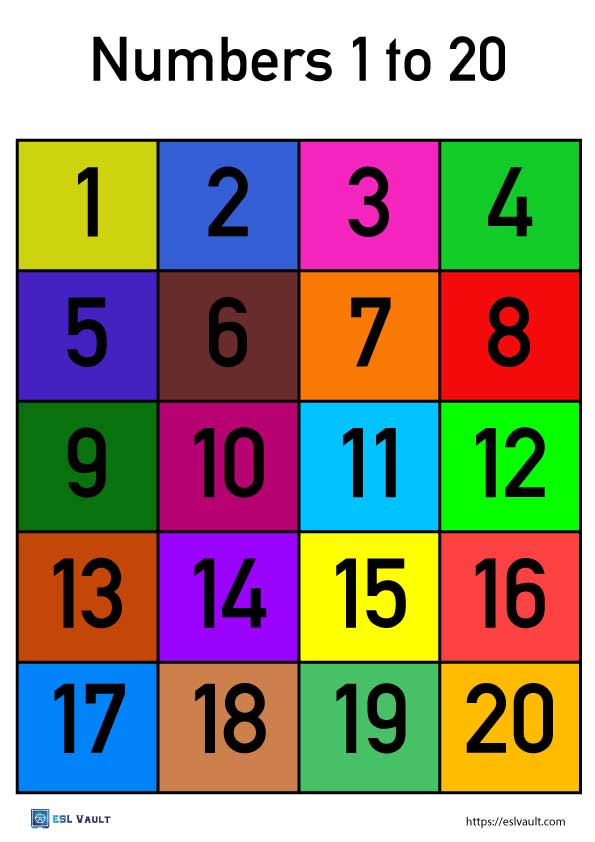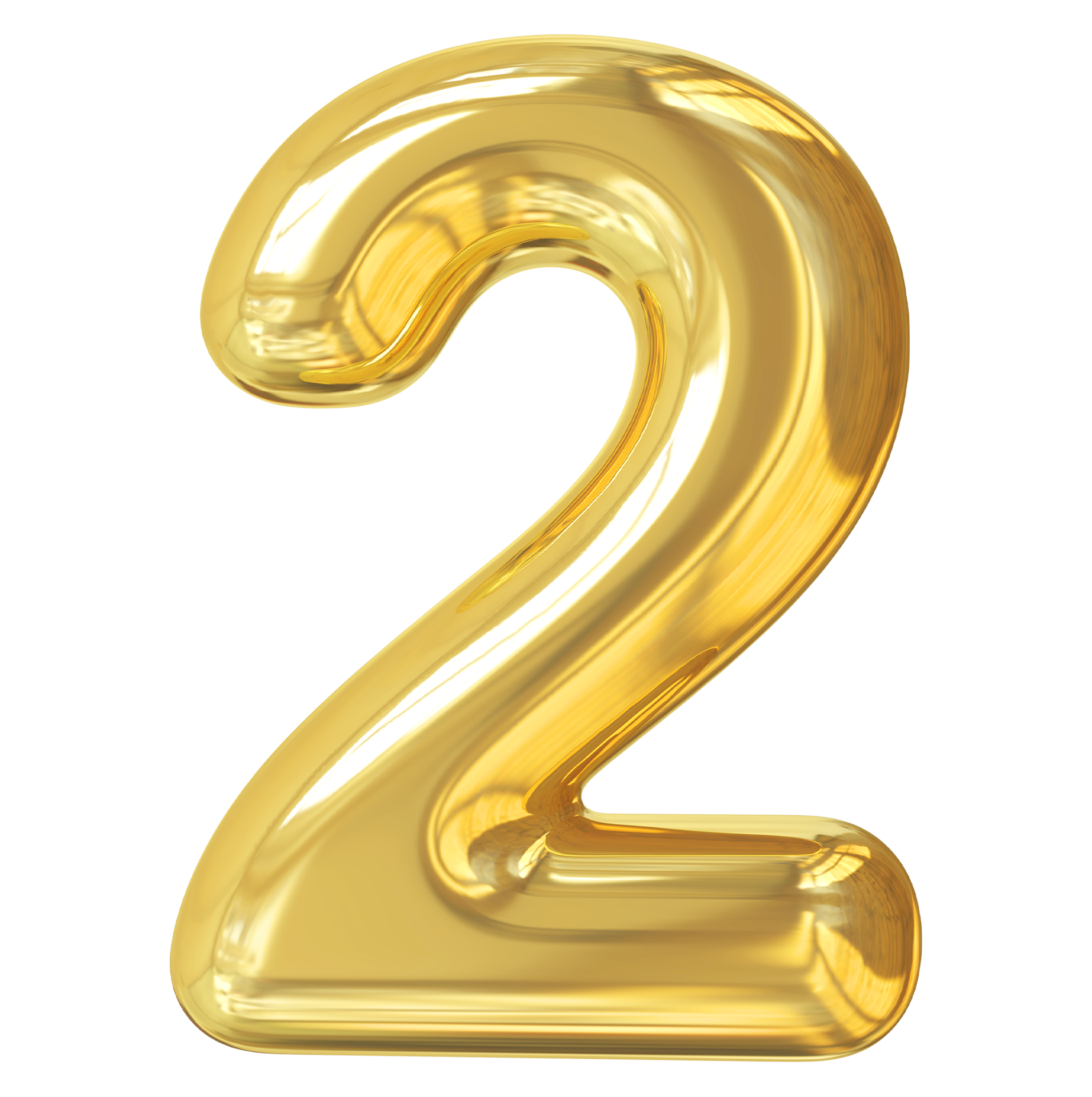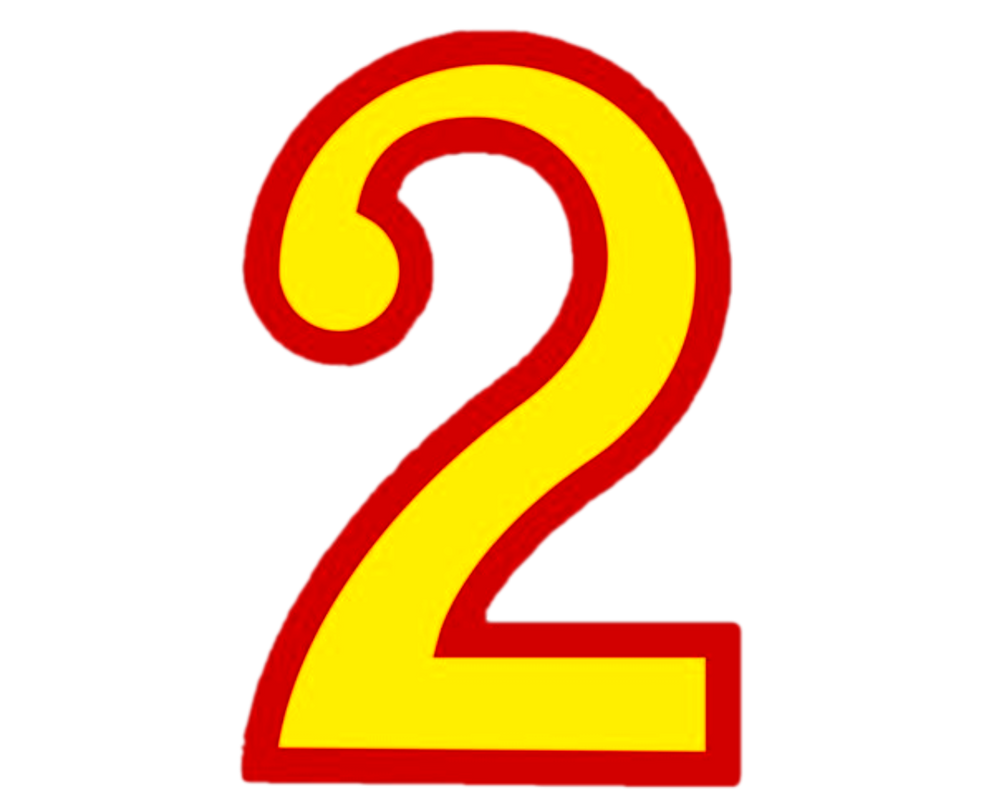Have you ever stopped to think about how numbers shape our world, or perhaps, how a specific number might hold a special place in another language? It’s truly fascinating, you know, how a simple count or measurement, which is really an idea in our minds, helps us make sense of so much. Just like how sports enthusiasts follow every detail, from "Pro Baseball" to "Overseas Soccer" on platforms like Number Web, numbers are a basic component of our everyday lives, helping us keep track of things.
Today, we're going to take a closer look at a very common, yet interesting, digit: the number 7. Specifically, we'll explore what it means to say the number 7 in Spanish, how it sounds, and why it might be more than just a simple count. It’s a pretty common query, you know, for anyone learning Spanish or just curious about language.
Learning how to express numbers in a new language is, in some respects, a foundational step. It helps you with everything from telling time to discussing quantities. So, getting comfortable with "siete" is a pretty good place to start, and we'll unpack its simple charm and broader connections, too it's almost a little journey into language itself.
Table of Contents
- How to Say "Siete": The Sound of Seven
- More Than Just a Number: Cultural Connections to "Siete"
- Using "Siete" in Everyday Talk
- Common Phrases and Expressions with "Siete"
- Numbers in Spanish: Helpful Learning Tips
- Frequently Asked Questions About "Siete"
How to Say "Siete": The Sound of Seven
When we talk about the number 7 in Spanish, the word you'll hear and use is "siete." It’s a word that sounds quite musical, actually, and it's fairly easy for English speakers to pick up. The pronunciation is something like "see-EH-teh." The "i" sounds like the "ee" in "see," and the "e" sounds like the "e" in "get," just a little softer. The "t" is a bit like the English "t," but often, in Spanish, it’s a touch gentler, not as sharp.
Many folks find that practicing the sound out loud helps it stick. You might try saying it slowly at first, really focusing on each part: "see" then "eh" then "teh." Then, you can try putting it all together, a little faster each time. It's a very useful word, and you'll find yourself using it quite often, so getting the sound right is a good idea, you know.
It’s important to remember that "siete" doesn't change its form based on what it's counting. Unlike some other numbers in Spanish, "siete" is always "siete," whether you're talking about seven books, seven cars, or seven days. This makes it a bit simpler to use, which is nice, especially when you're just starting out with Spanish numbers. A number, as we understand it, is a mathematical object used to count, measure, and label, and "siete" does just that, clearly and consistently.
More Than Just a Number: Cultural Connections to "Siete"
While "siete" primarily functions as a way to count, just like any number, it also carries a bit of cultural weight, similar to how numbers are used in sports statistics on Number Web, whether it’s for "F1" or tracking "Pro Baseball" player performances. Throughout history, and in many cultures, the number seven has held special meanings. In Spanish-speaking countries, these meanings often align with broader Western traditions, but they can also have their own unique twists.
For example, the seven days of the week are a universal concept, and in Spanish, they are "lunes, martes, miércoles, jueves, viernes, sábado, y domingo." So, "siete" is naturally tied to this basic structure of time. It's also, you know, linked to the "seven deadly sins" (los siete pecados capitales) in Christian tradition, which is a concept widely recognized in many Spanish-speaking communities. This gives the number a bit of a moral or spiritual feel in some contexts.
Then there are the "seven wonders of the world" (las siete maravillas del mundo), both ancient and modern, which are topics of general interest and often discussed. This connection gives "siete" a sense of grandeur and historical importance. It’s pretty clear that numbers, as a basic component of mathematics, are an integral part of our everyday lives, and "siete" is no exception, weaving into many aspects of culture, too it's almost like a quiet thread.
Using "Siete" in Everyday Talk
Using "siete" in daily conversation is quite straightforward, honestly. You'll find yourself reaching for it when you need to talk about quantities, times, or even ages. For instance, if you want to say "I have seven books," you'd say, "Tengo siete libros." If someone asks you what time it is and it's seven o'clock, you'd simply say, "Son las siete." It's really that simple, you know.
When you're shopping, you might ask for "siete manzanas" (seven apples) or if you're talking about family, you could say "Tengo siete hermanos" (I have seven siblings). These simple uses show just how much "siete" is a part of normal conversation. It's a count or measurement, which is really an idea in our minds, helping us communicate effectively.
It’s a bit like how we use numbers to track things in sports, like the articles on Number Web that delve into "Pro Baseball" or "Overseas Soccer" statistics. Numbers help us quantify the world around us. So, practicing these simple phrases with "siete" will make you feel much more comfortable speaking Spanish. It's a very practical word to have in your language toolkit, and you'll probably use it more often than you think.
Common Phrases and Expressions with "Siete"
Beyond simple counting, "siete" appears in some common Spanish phrases and expressions. These can add a lot of flavor to your language and help you sound more like a native speaker. For example, you might hear "buscarle los siete pies al gato," which literally means "to look for the seven feet on the cat." This expression is used when someone is looking for problems where there are none, or making something more complicated than it needs to be. It’s a rather playful way to say someone is overthinking things, you know.
Another expression is "estar en el séptimo cielo," which means "to be in seventh heaven." This is used to describe a feeling of extreme happiness or bliss, quite similar to the English phrase. So, if someone is feeling really great, you could say they are "en el séptimo cielo." It's a nice way to express joy, and it shows how numbers, like "siete," can be used to convey feelings, not just quantities.
These phrases show that numbers are an integral part of our everyday lives, extending beyond simple arithmetic. Just as Number Web provides original sports columns and deep dives into topics like "F1," language offers its own rich layers. Understanding these idiomatic uses of "siete" really helps you grasp the nuances of Spanish, and it’s a pretty rewarding part of learning any language, honestly. You'll find that these little linguistic gems make your conversations much more interesting.
Numbers in Spanish: Helpful Learning Tips
When you're learning numbers in Spanish, including "siete," it's helpful to practice them in different ways. Don't just memorize them in order. Try to use them in sentences, like "Tengo siete años" (I am seven years old) or "Son las siete y media" (It's half past seven). This helps you connect the number to real-world situations, which is a very good way to learn, you know.
You might also try counting everyday objects around you, saying the numbers out loud in Spanish. For instance, count your pencils, your books, or even the number of windows you see. This active practice makes the numbers feel more natural and less like something you just learned from a list. It’s a bit like how athletes practice their skills over and over, as seen in the dedication covered by magazines like Sports Graphic Number Do.
Also, listening to native Spanish speakers and how they use numbers can be incredibly helpful. Pay attention to how they pronounce "siete" and other numbers in different contexts. There are many resources online, like podcasts or videos, that can help with this. Remember, a number is a basic component of mathematics, but its representation in language is what makes it truly useful for communication. So, keep practicing, and you'll get the hang of it, pretty quickly.
For further exploration of Spanish vocabulary and grammar, a reliable online dictionary can be a fantastic resource. For example, you might find the Royal Spanish Academy's dictionary quite helpful.
To learn more about numbers and their fascinating history on our site, and to explore other essential Spanish phrases, you can find plenty of helpful content.
Frequently Asked Questions About "Siete"
People often have questions about "siete" and numbers in Spanish generally. Here are a few common ones:
Is "siete" masculine or feminine?
That's a good question, and it's actually quite simple. "Siete" itself is neither masculine nor feminine. It's what we call an invariable number, which means its form doesn't change to match the gender of the noun it's describing. So, you'd say "siete libros" (seven books, masculine noun) and "siete mesas" (seven tables, feminine noun), and "siete" stays the same in both cases. It's a very straightforward rule, you know.
Are there any superstitions about the number 7 in Spanish culture?
Well, yes, in many Spanish-speaking cultures, the number 7 is generally considered a lucky number. This is pretty consistent with beliefs in many other parts of the world. You'll often see it associated with good fortune, completeness, or even spiritual significance. It's not usually seen as unlucky, unlike some other numbers in various cultures. This positive view of "siete" is, you know, a pretty common thread in folklore and everyday sayings.
How is "siete" used in telling time in Spanish?
Using "siete" for time is very common. If it's 7 o'clock, you'd say "Son las siete." If it's 7:15, you'd say "Son las siete y cuarto" (seven and a quarter). For 7:30, it's "Son las siete y media" (seven and a half). And for 7:45, you could say "Son las siete y cuarenta y cinco" or "Son las ocho menos cuarto" (a quarter to eight). It’s a very practical application of the number, honestly, and one you'll use daily.
So, understanding "siete" is more than just learning a word; it's about connecting with a bit of Spanish culture and making your daily conversations flow better. It's a basic component of mathematics, and its representation in language helps us count, measure, and simply connect. So, keep practicing, and you'll find yourself using "siete" with confidence in no time.



